The DevOps Tool automates the development process for the software. Its main objective is to improve communication and collaboration between product management, software development, and operations teams. The DevOps tool also assists teams in automating many actions in software development, including builds, conflict management, dependency management, deployment, etc., thereby reducing manual effort.
To help you make an informed decision about what tools should be part of your stack, I've compiled this list. Discover 8 of the best DevOps tools, including automated build tools and apps for monitoring performance.
1. Jenkins
DevOps tool Jenkins integrates development and operations. Jenkins stands out as a continuous integration tool as it allows both internal and plugin extensions. It is a Java-based, open-source, cross-platform continuous integration server that is supported on a number of different platforms, including Windows, macOS, and Unix. Additionally, Jenkins can be used in cloud-based environments. Jenkins is an automated continuous integration tool that is pretty easy to install and configure. With it, automated builds, tests, and deployments across platforms can be fast and transparent.
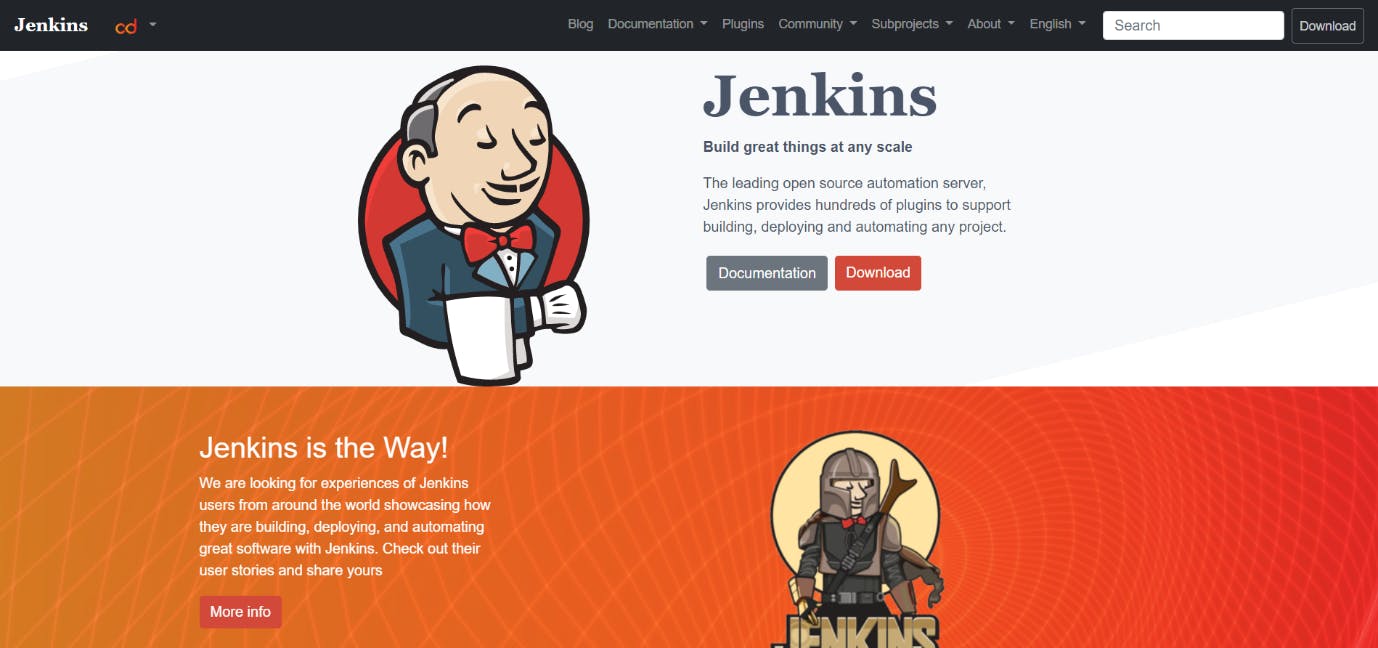
2. Docker
The Docker container platform has been the most popular since its launch in 2013, and it is continually improved. Several DevOps experts consider it to be one of the most important tools. The popularity of containerization is due to Docker, which allows for distributed development and simplifies deployments for the tech world. In this way, applications are isolated into separate containers and can be carried across environments in a more secure manner. Docker apps run on any platform, regardless of the operating system. Instead of virtual machines like VirtualBox, Docker containers can be used.

3. Bamboo
There are many similarities between CI/CD server solutions Bamboo and Jenkins. It is no secret that both tools are very popular DevOps tools for automating your delivery pipeline from builds to deployment. The difference between Jenkins and Bamboo is that Jenkins is open-source while Bamboo isn't. Does it make sense to choose proprietary software over free alternatives? The answer depends on your budget and your goals. Jenkins requires you to manually configure many of Bamboo's pre-built features. Also because of this, Bamboo has far fewer plugins when compared to Jenkins
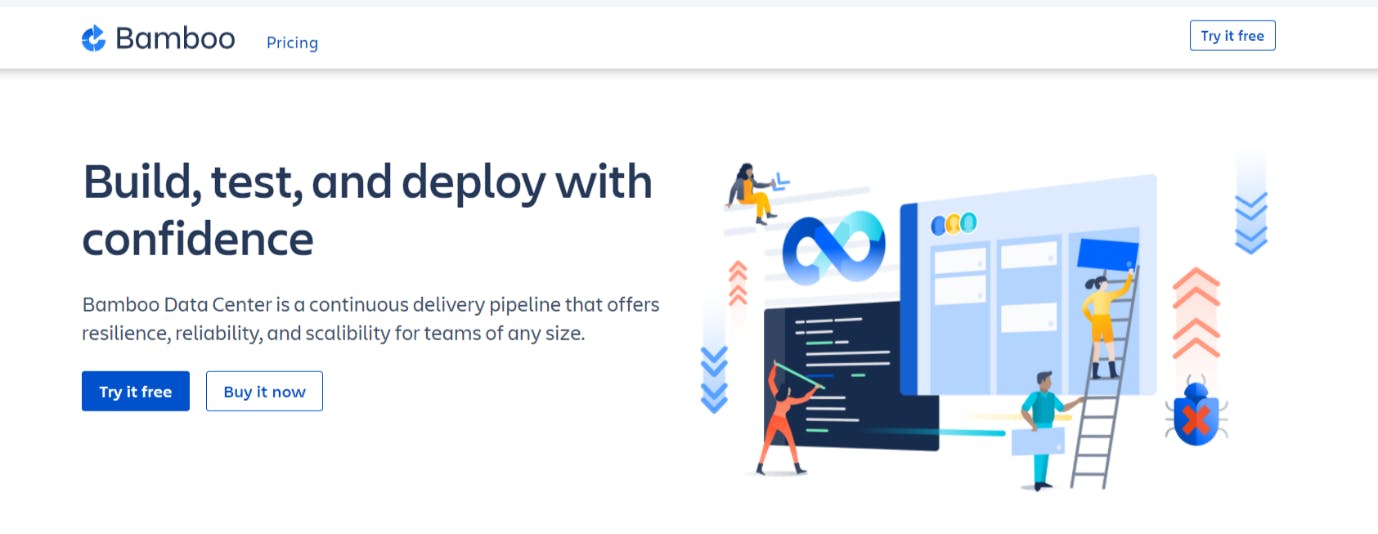
4. Puppet
Puppet is free and open-source, and it uses declarative programming to manage server deployments, configurations, and operations. Modules make it easy to set up pre-configured servers quickly and they can be used on a wide range of platforms. It also uses an integrated application controller, implements a master-slave architecture, and offers an intuitive user interface so users can easily manage nodes, view real-time logs, and perform a host of other tasks.
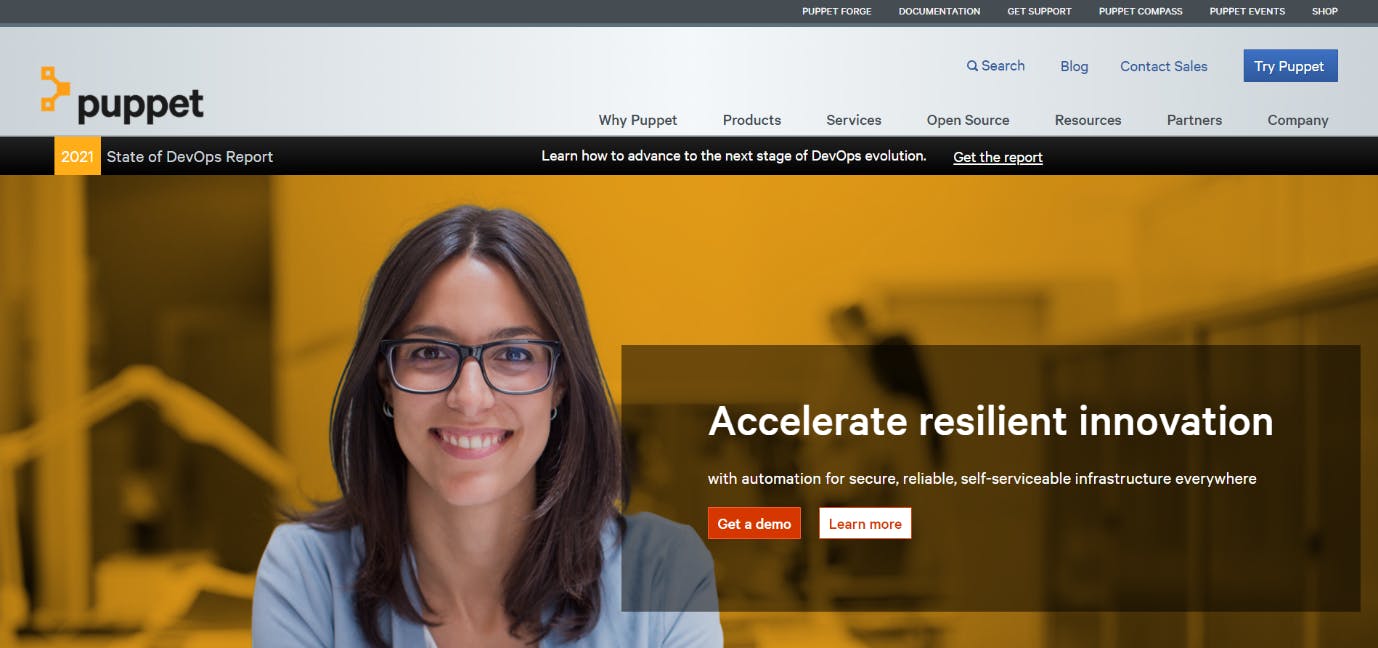
5. SonarQube
An open-source tool for code reviews, SonarQube supports 27 languages. Source code for applications in multiple languages can be analyzed with this tool. Through automatic checking of your codebase against thousands of static code analysis rules, it helps you remain focused on code quality and security throughout the entire development process. It is viewed as one of the best DevSecOps tools since SonarQube introduces continuous code inspection to your DevOps workflow.

6. Git
There is no doubt that Git is a popular tool in DevOps, used widely by software companies. Distributed version control makes it a favorite of open-source contributors and teams. It lets you keep track of the progress made on your projects. Source code can be saved in multiple versions and reverted to a previous version when needed. Also, it's well suited for experimenting, since you can create separate branches for new features and merge them only after they've been approved
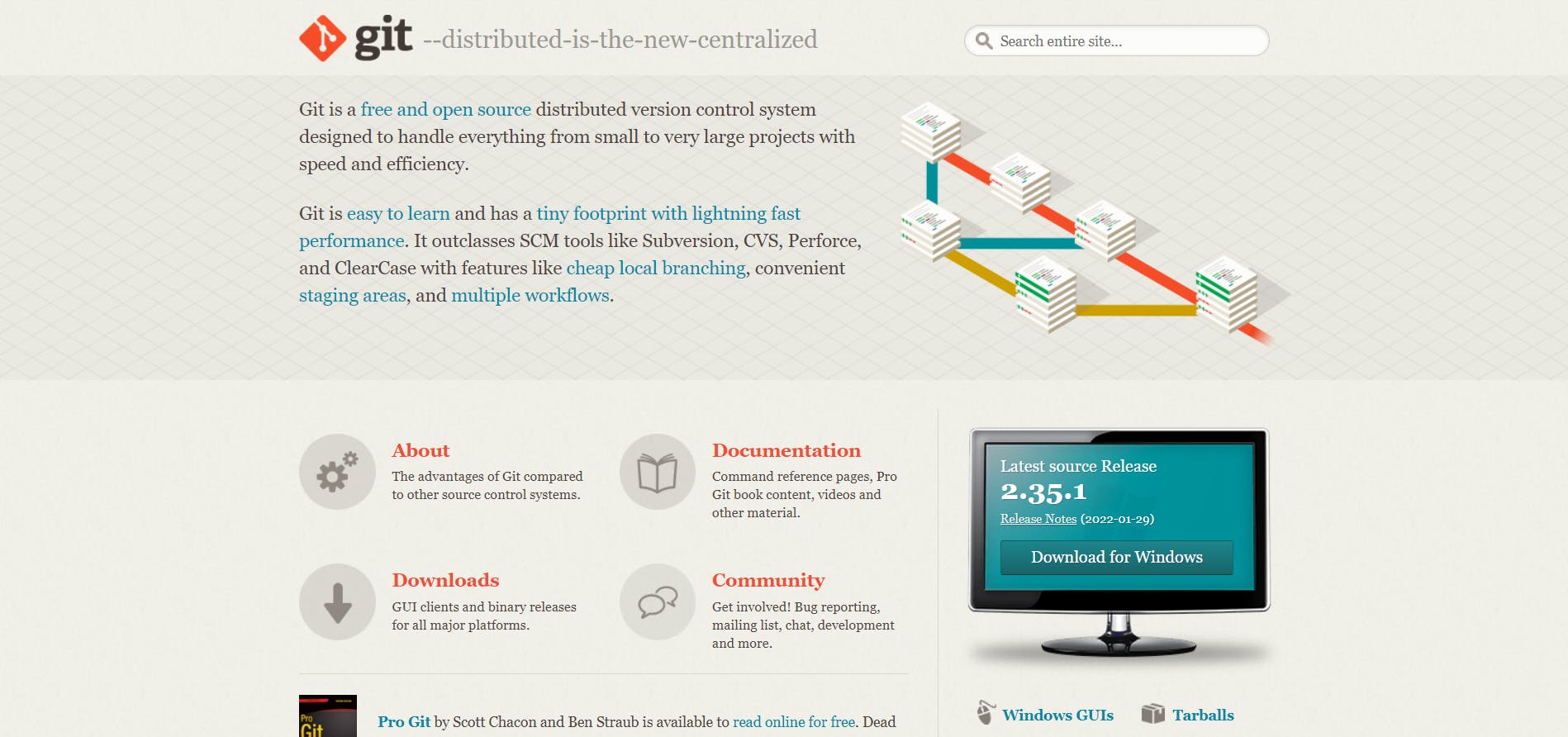
7. Ansible
The Ansible configuration management tool is an open-source tool managed by Red Hat. In terms of functionality, it is similar to DevOps automation tools such as Puppet which are used on the deployment side of the CI/CD pipeline. It can be used for configuring infrastructure and automating deployment. The main selling points of this DevOps tool are its simplicity and ease of use. The architecture of Ansible is based on Infrastructure-as-Code (IAC). Puppet has its own declarative language, while Ansible uses YAML
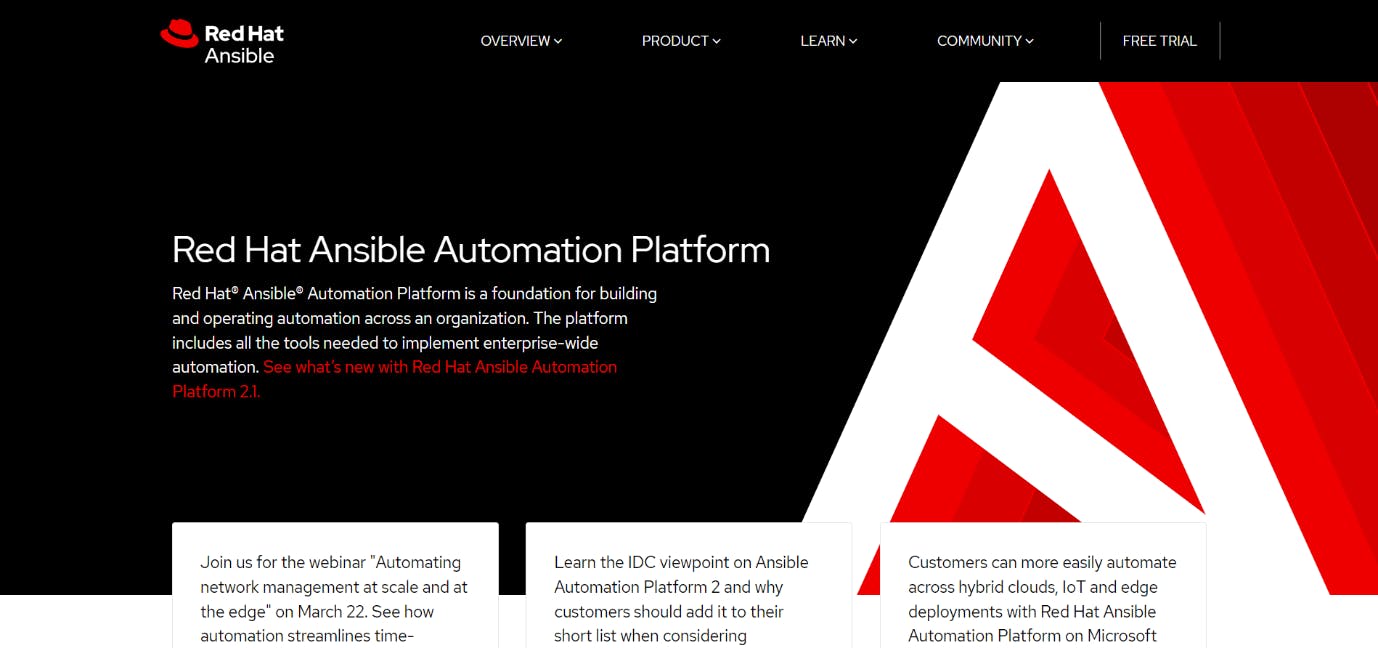
8. RayGun
Raygun is a full-stack performance and error monitoring solution for web and mobile applications that provide actionable, real-time insights. Using its DevOps tools, you can diagnose issues and locate the exact line of code, function, or API call responsible for the problem. In addition, it includes an application performance monitoring tool, which is designed to work with error management workflows by automatically identifying your highest priority problems.
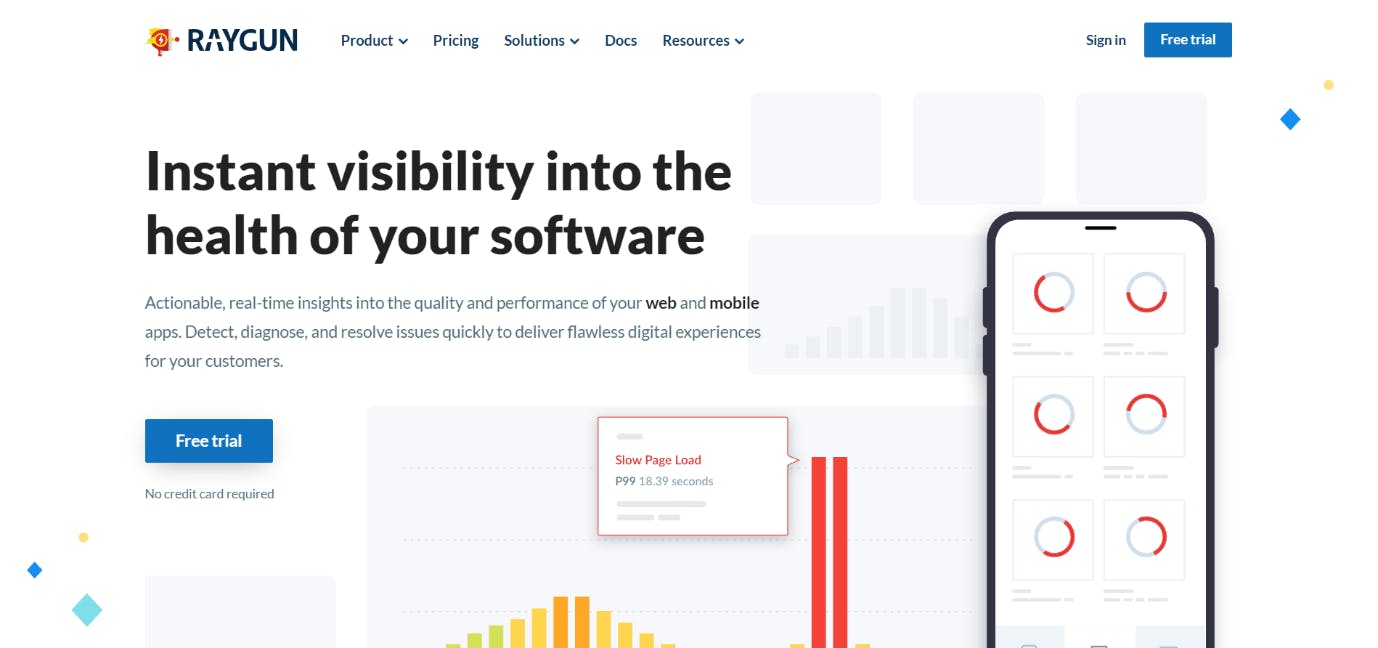
You can now extend your support by buying me a Coffee.😊👇
If you want to contact me you can do it here:
Thanks for Reading 😊

